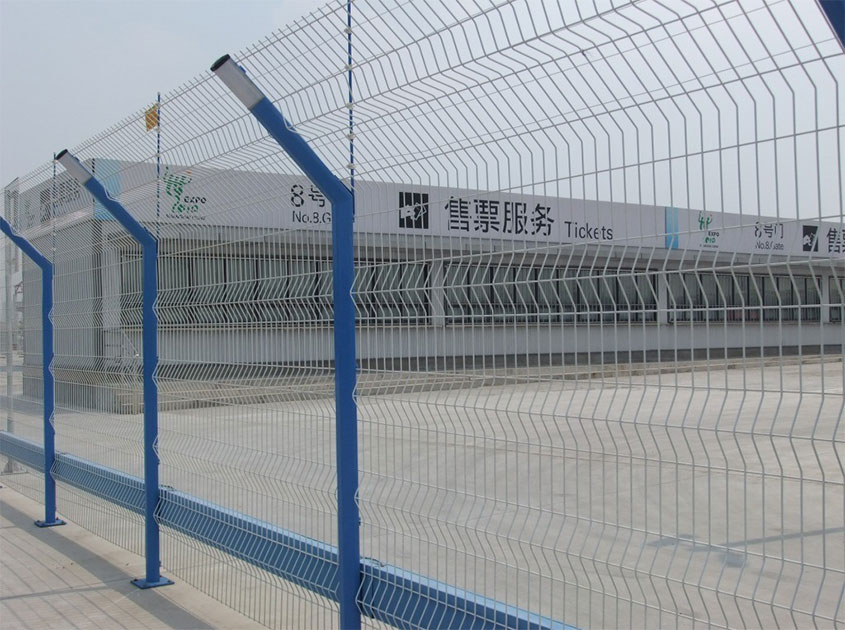The security of airports is of paramount importance in today's world. As bustling hubs of transportation and commerce, airports face unique security challenges that require robust measures to protect passengers, employees, and assets. One crucial component in this security infrastructure is the airport security fence. Designed to provide a strong physical barrier, it plays a vital role in ensuring top-notch security for airports worldwide.
The primary objective of an airport security fence is to deter unauthorized access and protect the restricted areas within the airport premises. It acts as a critical first line of defense, preventing potential threats from breaching the airport's boundaries. By establishing a clear perimeter, an airport security fence sets the tone for a controlled and secure environment.

To ensure top-notch security, an airport security fence must be constructed with precision and reliability. It requires high-quality materials, such as galvanized steel, that are resistant to corrosion, weather conditions, and external impacts. The fence should be built to withstand various challenges, including attempts to climb, cut, or breach its structure. With a well-constructed airport security fence, airports can enhance their overall security posture and instill confidence in passengers and stakeholders.
In addition to physical strength, advanced technologies can be integrated into an airport security fence system to further enhance security measures. These technologies may include surveillance cameras, intrusion detection systems, motion sensors, and access control mechanisms. By combining physical barriers with intelligent monitoring and response systems, airports can detect and respond swiftly to any suspicious activities, ensuring a proactive approach to security.

Another critical aspect of an airport security fence is its design and layout. It should be strategically placed to encompass the entire airport perimeter, including runways, terminals, cargo areas, and other sensitive locations. The fence's height and structure should be carefully determined to provide an effective deterrent and maintain visibility for surveillance purposes. Additionally, gates and access points must be well-designed and controlled to ensure authorized entry while restricting unauthorized access.
Ensuring top-notch security with an airport security fence requires ongoing maintenance and regular inspections. Periodic checks and maintenance activities help identify and address any weaknesses or vulnerabilities that may arise over time. Maintenance protocols should include inspections of the fence's structural integrity, monitoring of surveillance systems, and testing of access control mechanisms. By adhering to a comprehensive maintenance plan, airports can maintain the effectiveness and reliability of their security fence system.

In conclusion, an airport security fence is a vital component of an airport's security infrastructure. It serves as a physical barrier and a visual symbol of protection, enhancing the overall security posture of the airport. By utilizing high-quality materials, integrating advanced technologies, and implementing effective maintenance protocols, airports can ensure top-notch security for their facilities. The airport security fence, along with other security measures, plays a crucial role in creating a safe and secure environment for all stakeholders involved in air travel.
Pre:Highly Customized: Airport Security Fence Solutions Customized According to Needs
Next:Protecting Passengers: The Necessity and Key Functions of Airport Security Fences